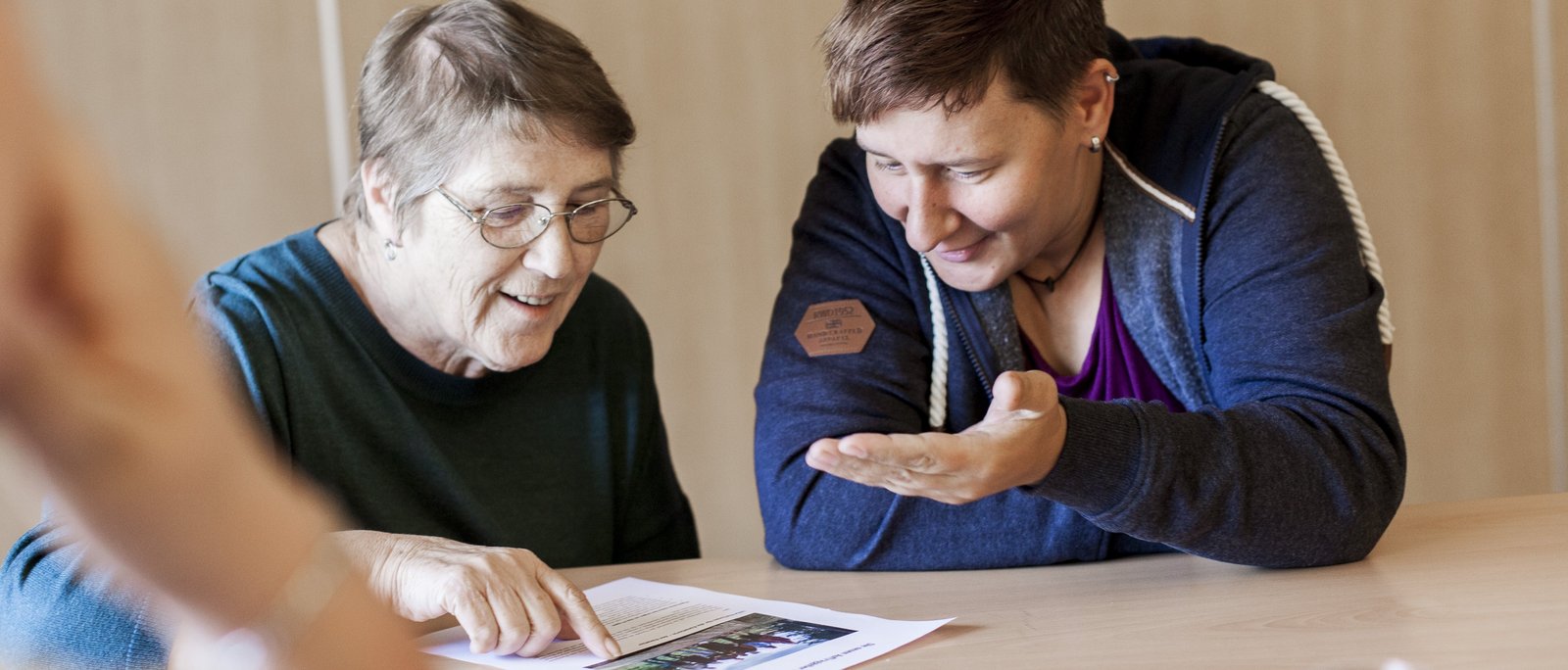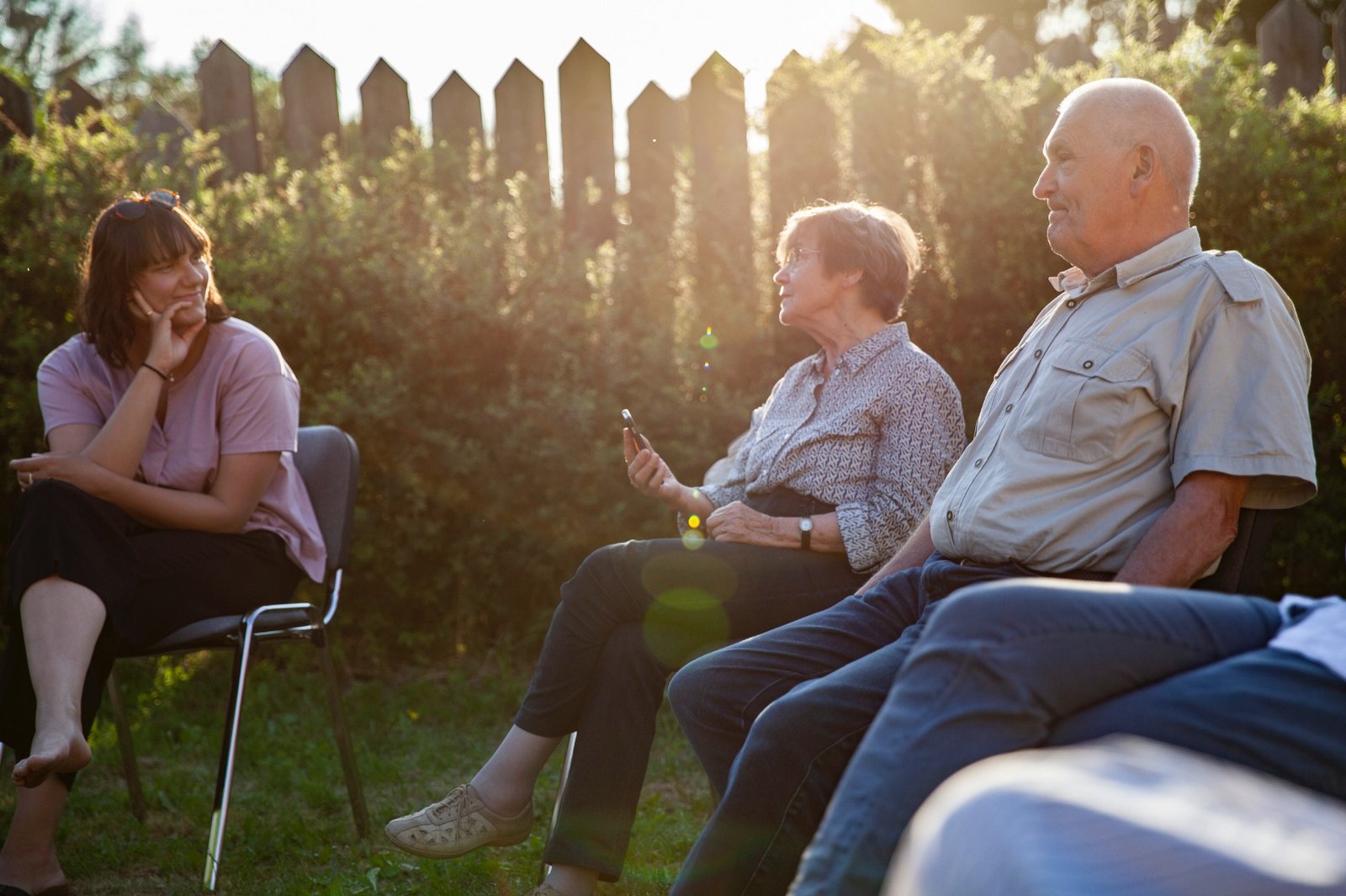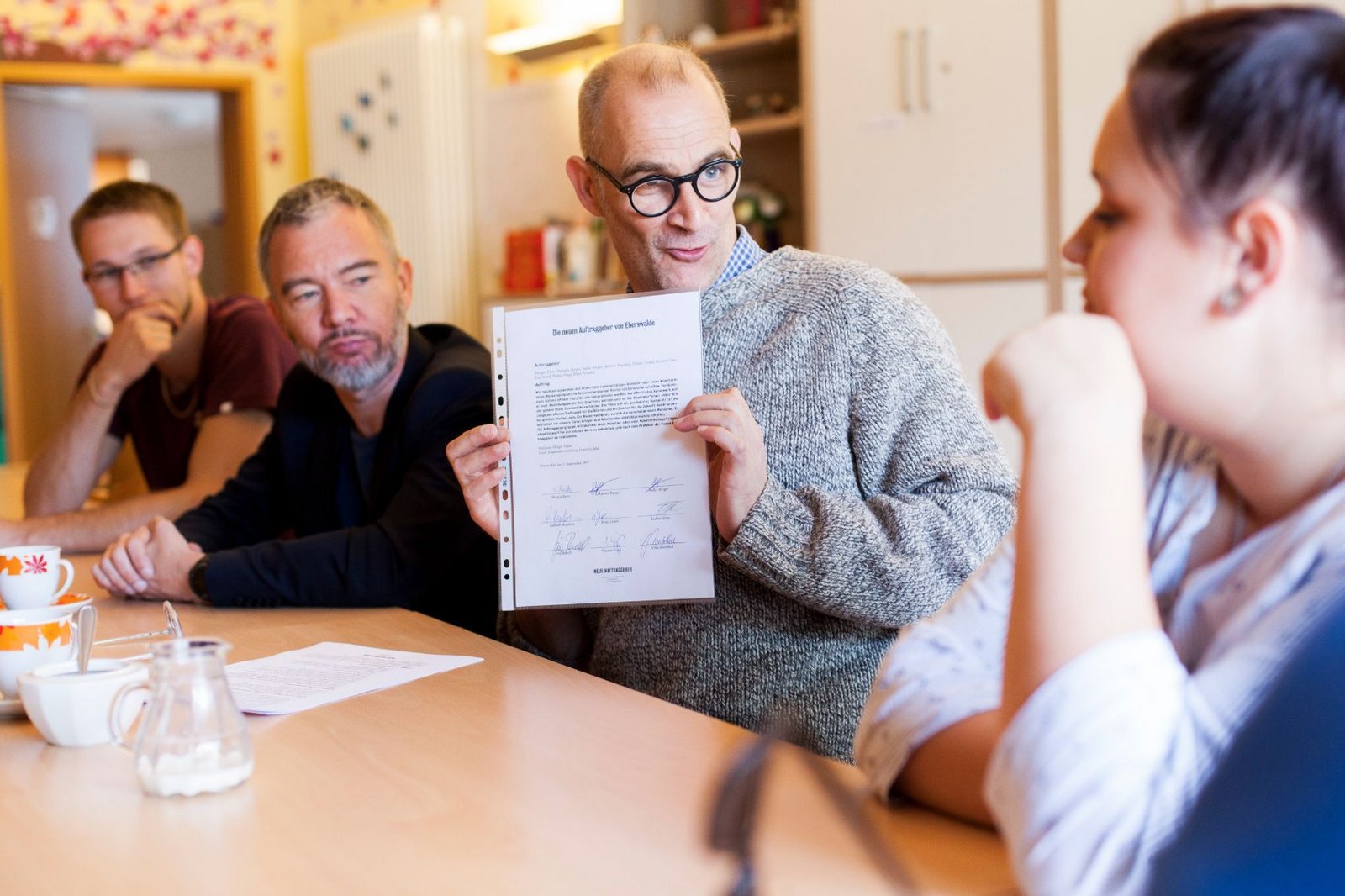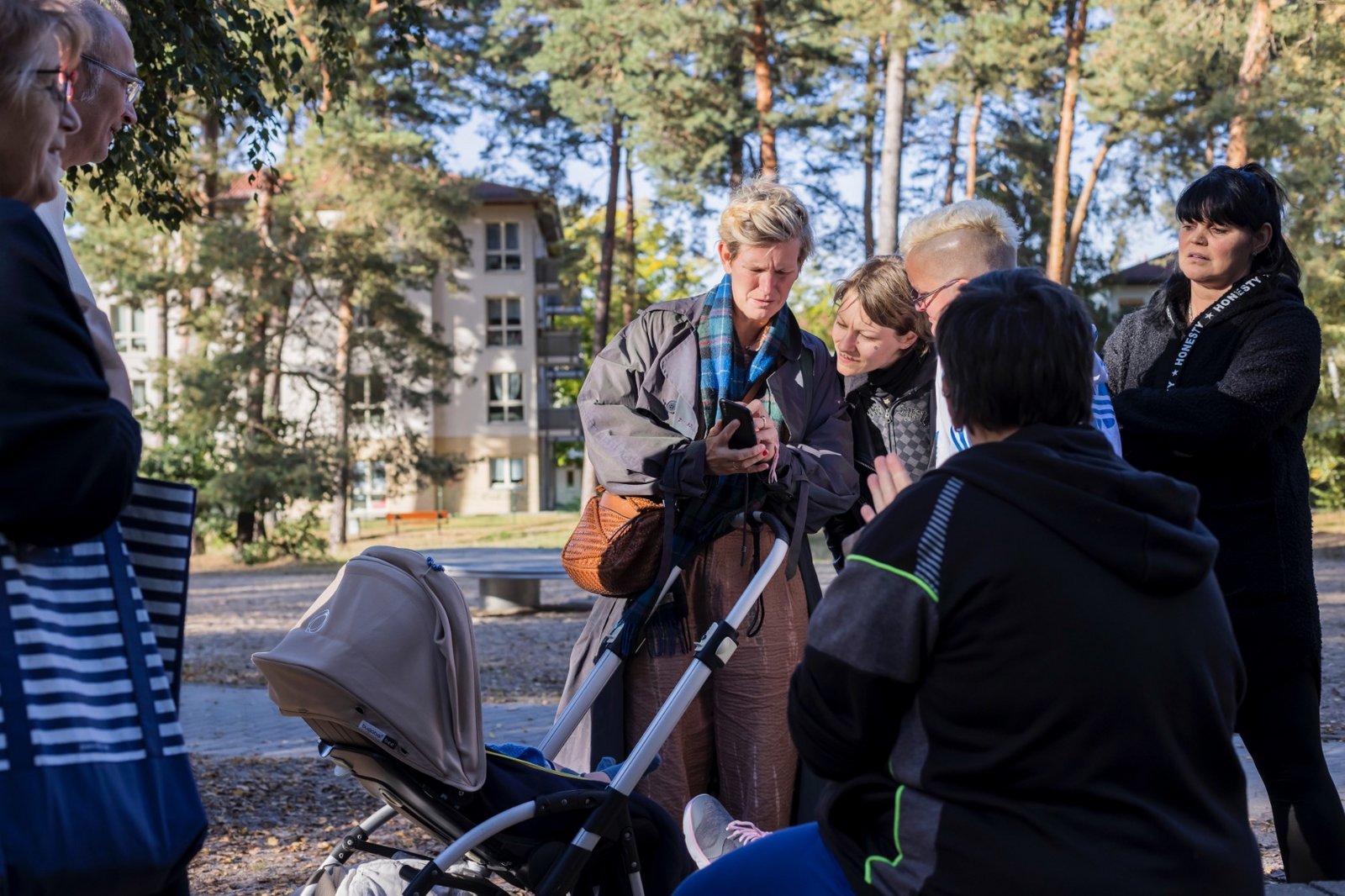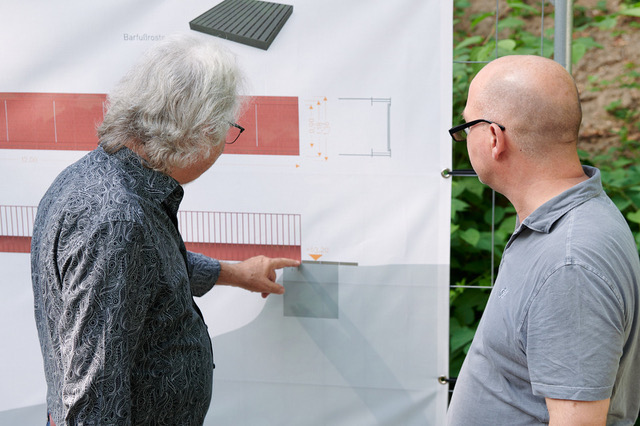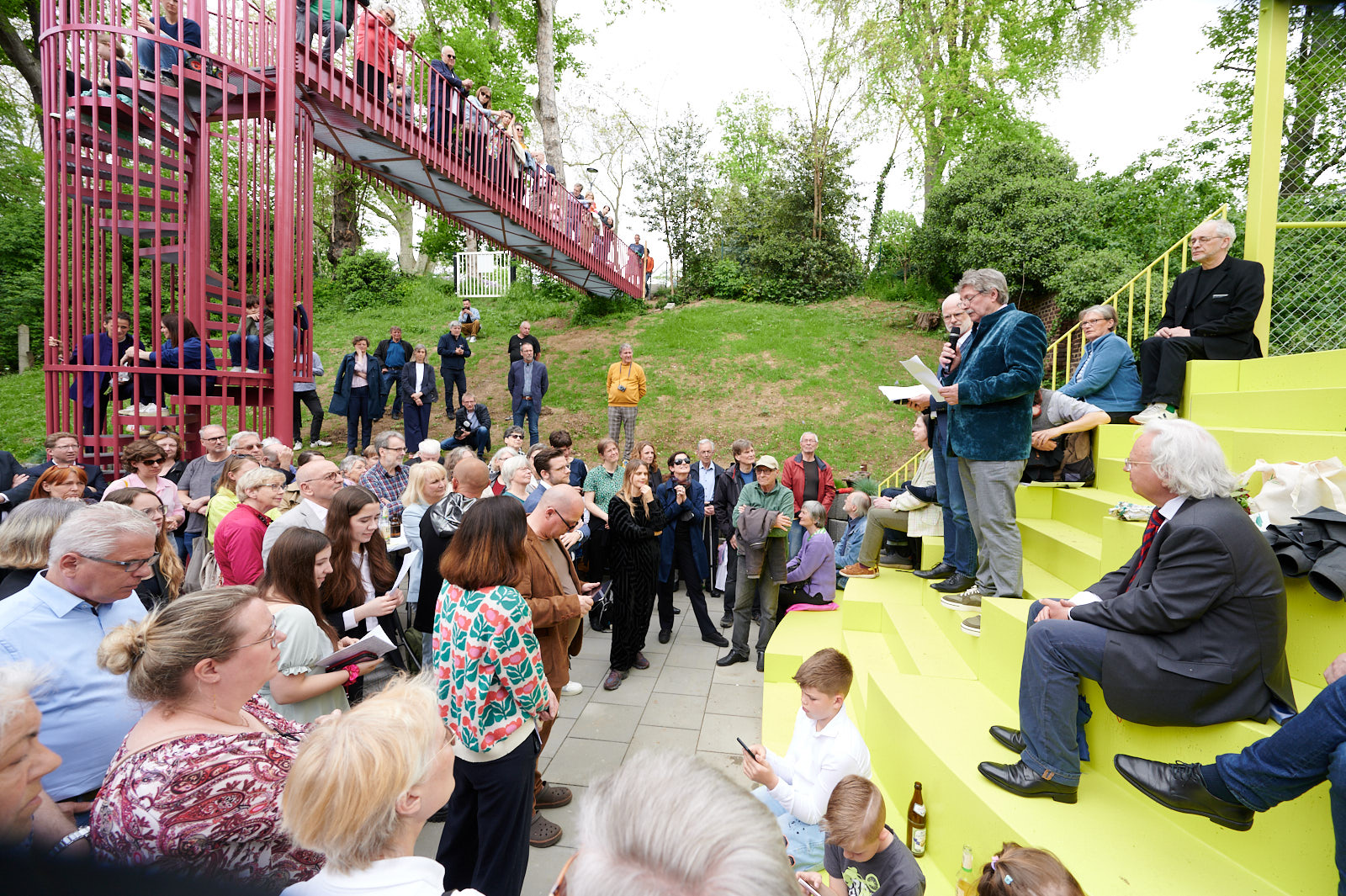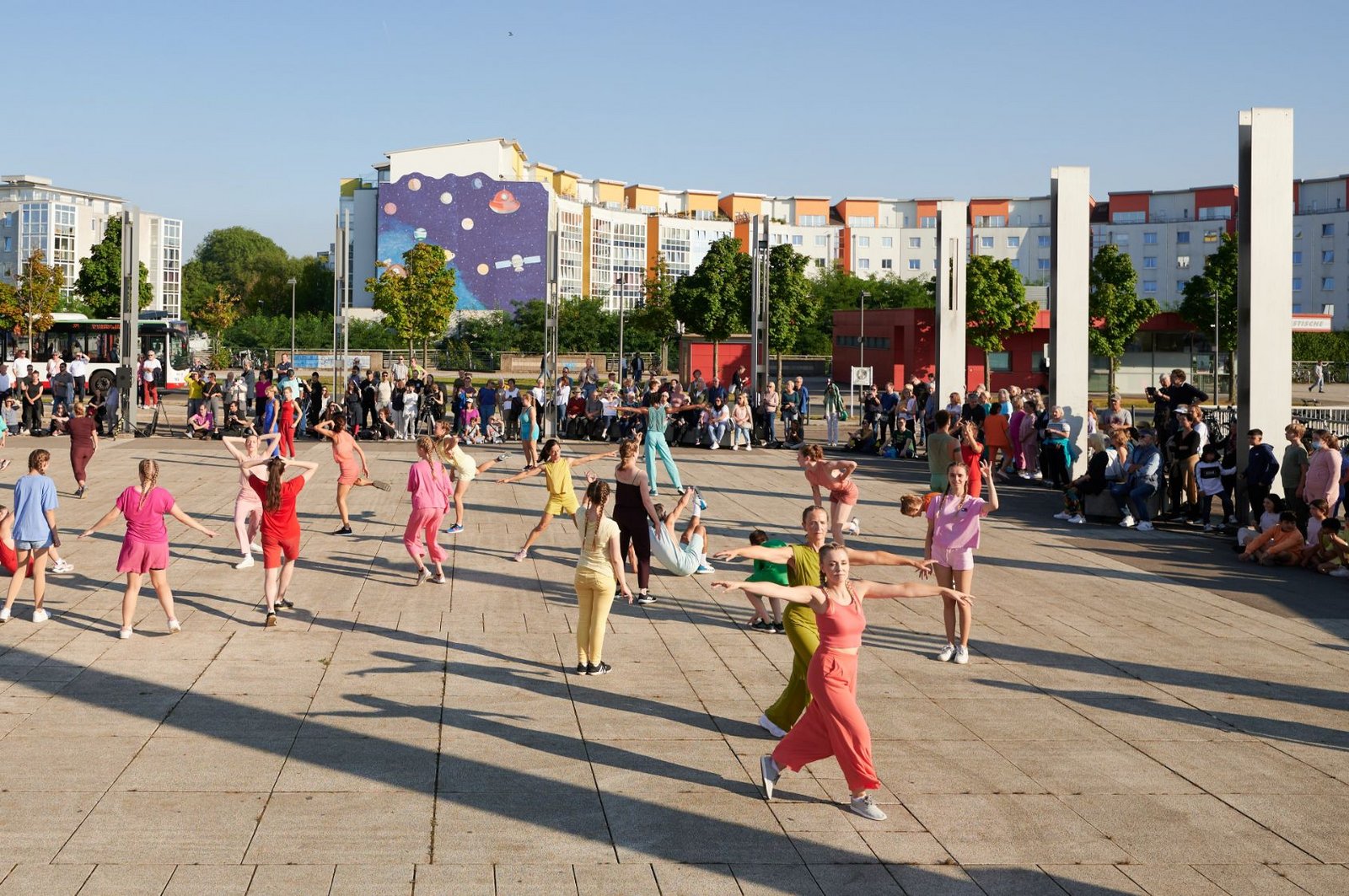Many people want to have a greater say in matters that directly affect them. Citizen-commissioned art is one answer to this. People, no matter who they are or where they come from, find with us the opportunity to take direct responsibility and confront difficult issues in their village or neighborhood. As mediators, we listen to them and support them in trying out new ways to find answers to pressing questions.
And because some questions cannot be answered easily, we bring art into the picture. When there seems to be no solution to problems and important ideas don't take shape, artists can provide the decisive impetus to get things moving, to open up a new perspective, to make things work.
The search for the possible - that's what we call a commission for art. Art can be many things: a building, a theater or dance piece, the design of a landscape, or even a classical sculpture on the market square. Commissioning works of art has a long tradition in Europe - but only very few people were in a position to do so. Today, in principle, anyone can do it. As a New Patron.
